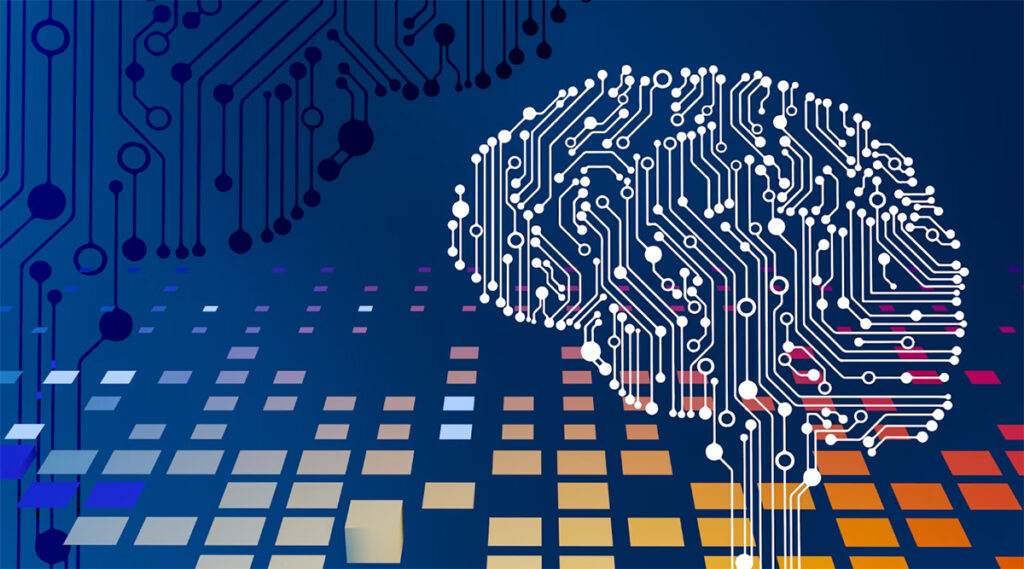New Research Uncovers Increased Vulnerabilities in AI Systems to Adversarial Attack
In a rapidly advancing technological landscape, the robustness of artificial intelligence (AI) systems against adversarial attacks has emerged as a critical area of concern. Recent research has shed light on the heightened vulnerabilities of these systems to sophisticated data manipulations that can lead to erroneous and potentially hazardous outcomes. This article delves into the intricacies of these threats, particularly in high-stakes fields such as autonomous vehicle navigation and medical diagnostics. It explores the groundbreaking QuadAttacK study, which has revealed the extent of susceptibility in widely used neural networks and underscores the urgent need for enhanced security measures in AI applications. The article also discusses the broader implications of such vulnerabilities and the evolving strategies being developed to fortify AI systems against these emerging cyber threats, highlighting a path forward in the pursuit of secure and reliable AI technology.
The Emerging Threat of Adversarial Attacks in AI Systems
Artificial intelligence, burgeoning with potential, is increasingly facing the significant challenge of adversarial attacks. These sophisticated manipulations alter the data fed into AI systems to induce erroneous decisions, posing a threat in critical areas like autonomous vehicles and medical diagnostics. The danger lies in their ability to exploit AI algorithm vulnerabilities, such as making a stop sign invisible to AI perception through strategic alterations. This necessitates a paramount concern for fortifying AI systems against these threats to ensure their safety and reliability.
Case Study: QuadAttacK and the Vulnerability of Neural Networks

The QuadAttacK study, developed by researchers, highlights the vulnerability of neural networks to such attacks. This tool tests various deep neural network architectures, revealing manipulation points and demonstrating the susceptibility of networks, including convolutional neural networks and vision transformers, to adversarial attacks. This case study sets a benchmark in understanding and enhancing AI defenses against these threats.
Implications of AI Vulnerabilities in Practical Applications
These vulnerabilities have profound implications in sectors where AI accuracy and reliability are crucial. In healthcare, incorrect AI interpretation of manipulated data could lead to misdiagnoses, affecting patient treatment. In autonomous driving, misinterpretation of road signs due to adversarial modifications could lead to serious accidents. This underscores the necessity for robust, attack-resistant AI, rigorous testing, and the establishment of ethical and regulatory frameworks.
Future Directions and Mitigation Strategies
With growing awareness of these vulnerabilities, the focus is shifting to developing mitigation strategies. Enhancing AI algorithms to resist manipulation and integrating detection mechanisms are crucial steps forward. The public availability of tools like QuadAttacK fosters a collaborative effort in stress-testing AI networks, aiding in the advancement of defensive techniques. Emphasizing ethical AI design and deployment from the outset is essential for ensuring AI systems are secure and trustworthy in an environment of evolving cyber threats.
As we navigate the complex landscape of artificial intelligence, the insights gained from studies like QuadAttacK illuminate the urgent necessity for continuous advancement in AI security. The vulnerabilities uncovered in neural networks serve as a clarion call for heightened vigilance and proactive measures in AI development and deployment. Emphasizing the integration of robust defense mechanisms and ethical considerations, the journey towards secure AI systems is not just a technological endeavor but a collaborative and multidisciplinary effort. The future of AI, underpinned by these efforts, promises not only enhanced intelligence and efficiency but also a steadfast commitment to safety and reliability in a world increasingly reliant on these advanced systems.

